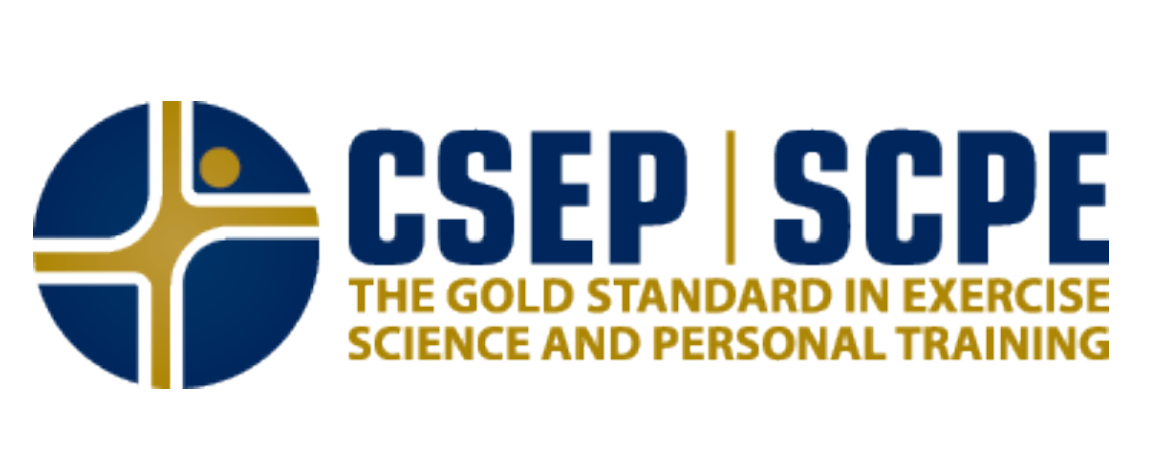15.4 - Fitness Appraisals And Personal Fitness
Fitness Appraisals
Physiological test results or scores are a necessary preliminary to designing any kind of training program.
A wide range of fitness appraisals are available:
For example, a high-end athlete might select the 40-metre dash as a method of appraisal that would furnish the results on which a sample training program could be based.
An everyday athlete, on the other hand, might select a far less demanding walk-run test.
The question of what exactly to assess and which tests are most appropriate depends on equipment availability, knowledge of how to use it, time, expertise, and the objectives and issues of concern to the individual.
Health-Related Fitness
Health-related fitness refers to a level of fitness that is appropriate for a healthy body state.
Health-related fitness includes:
Body composition (e.g., subcutaneous fat distribution, abdominal visceral fat, body mass relative to height)
Muscle balance (strength, endurance, and flexibility, particularly of the postural muscles)
Cardiovascular functions (e.g., sub-maximal exercise capacity, blood pressure, lung functions)
Metabolic components (e.g., blood lipids, glucose tolerance)
Performance-Related Fitness
Performance-related fitness is necessary for higher levels of sport performance or optimal work performance.
This includes:
Motor skills (e.g., speed, agility, balance, and coordination)
Cardiovascular endurance
Muscular power
Strength and endurance
Body composition
Size
Skill acquisition
Motivation
The CSEP-PATH and Other Fitness Appraisals
Before we can develop a personalized training program, we must assess the person’s baseline values for selected components of fitness
These components might include:
Cardiovascular condition
Body composition
Muscular strength and endurance
Flexibility
The person administering the tests must pay close attention to safety guidelines to reduce the risk of injury to the athlete.
Selected Fitness Tests
Speed and reaction → Measures all-out linear speed (e.g., metre stick drop, 5-33 metre sprints)
Power and Strength → Measures explosiveness (e.g., standing long jump, vertical jump)
Agility and Coordination → Measure change of dirction (e.g., Illinois agility, hexagon drill)
Flexibility → Measures range of motion of joints (e.g., sit and reach, trunk rotation test)
Endurance → Measures how well the body uses oxygen (e.g., Luc Léger “Beep Test,” step tests)
Body Composition → Measures body fat and tissue distribution (e.g., hydrostatic weight, body segment measurements).
Canadian Society for Exercise Physiology (CSEP)
CSEP is Canada’s leading scientific research authority and source of expertise in physical activity, health, fitness, and training.
CSEP ensures that Canadians have access to evidence-based physical activity and exercise programming, customized to meet their needs and requirements.
The process an individual must follow to become a qualified exercise professional is rigorous.
CSEP Certification
Canadians seeking to become qualified exercise professionals can pursue two certification options offered by the Canadian Society for Exercise Physiology:
CSEP Certified Personal Trainer (CSEP-CPT)
CSEP Certified Exercise Physiologist (CSEP-CEP)

Certified Personal Trainer (CSEP-CPT)
A CSEP-CPT candidate must meet the following requirements:
A minimum of 2 years of college or university coursework addressing CPT core competencies
Hold current emergency/standard first aid and CPR Level C
Complete 25 hours of in-service training and a national theory and practical examination
Participate in continuing education/professional development
Carry annual CSEP membership including mandatory insurance policy ($3 million professional and commercial liability)
Certified Exercise Physiologist (CSEP-CEP)
The CSEP-CEP is an advanced certification that includes a broader repertoire of clients and broader assessment and prescription services
A CSEP-CEP must have completed at least a 4-year university degree in Kinesiology, Human Kinetics, or Health Science.
Both categories of professionals are qualified to provide client-centred guidance and advice based on scientific evidence and extensive training, building on the foundation of the Canadian Physical Activity Guidelines (CSEP, 2011).
The CSEP-PATH to Personalized Training
The new CSEP-PATH offers evidence-based information to support the training and work of its CSEP Certified Personal Trainers (CSEPCPTs), CSEP Certified Exercise Physiologists (CSEP-CEPs), and other exercise professionals.
The new CSEP-PATH manual provides the latest information on physical activity, sedentary behaviour, and fitness levels.
It features chapters on basic anatomy and physiology, nutrition, and theory and practices underlying health-related behaviour change.
The 5 A’s of Training for Health
The CSEP-PATH outlines a five-step assessment and training sequence based on the five A’s:
Ask: Get to know your client by using screening tools to gather information.
Assess: Use questionnaires and fitness tests to assess physical activity, lifestyle, and fitness levels.
Advise: Evaluate and summarize the assessment findings and discuss them with your client.
Agree: Work with your client to devise an action plan.
Assist/Arrange: Establish ways to provide your client with continuing support.
The CSEP-PATH Manual
The CSEP-PATH manual published in 2013 continues the tradition of excellence in exercise science and professional fitness training.
It also includes specific client groups: persons with a disability; children and youth; pregnant women; older adults; and people with chronic conditions.